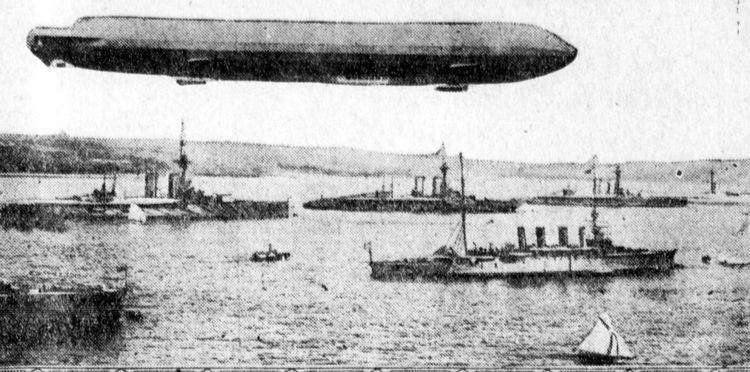 | ||
This is a list of aviation-related events from 1914.
Contents
- Events
- January
- February
- April
- May
- June
- July
- August
- September
- October
- November
- December
- First flights
- Entered service
- References
The outbreak of World War I accelerates all aspects of aviation which in turn changes war in a twofold way. The aeroplane turns the sky into a new battlefield and eliminates the distinction between frontline and hinterland, with the civilian population far behind the frontline also becoming a target. The war results in the deaths of approximately 20,000 flyers, most of them trained pilots.
Events
January
February
April
May
June
July
August
September
October
November
December
First flights
January
February
June
July
Entered service
May
References
1914 in aviation Wikipedia(Text) CC BY-SA
